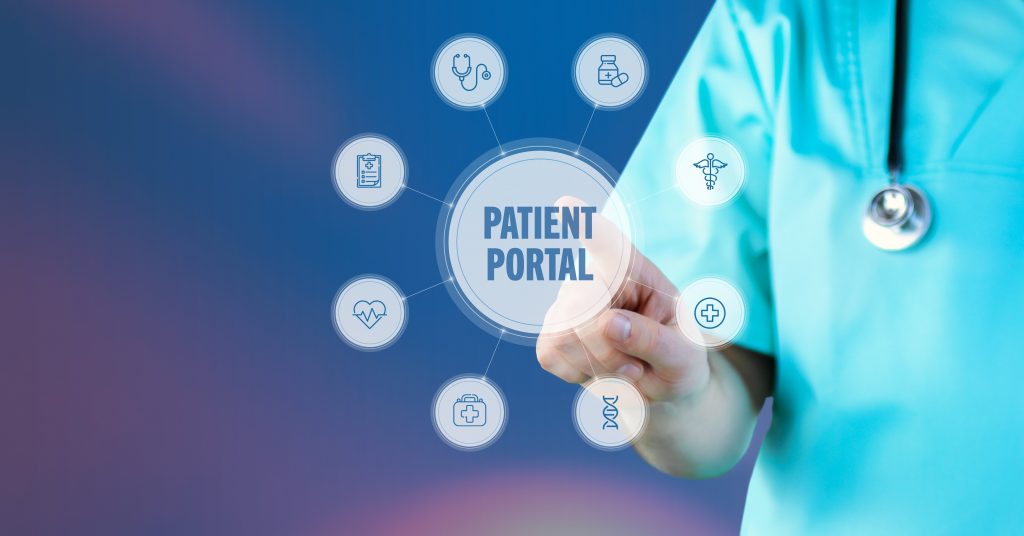Vacancy rates over 25 % are hobbling U.S. health departments. By pairing AI “co-worker” tools with nurse and physician licensure compacts, agencies can fill skill gaps 60% faster, slash paperwork hours, and keep mission-critical programs alive. Table of Contents The 2025 Workforce Crisis AI as a Force-Multiplier, Not a Job Killer Cross-State Licensing: The Fast Lane Read more…
Cyber Shield 2030: Zero-Trust Tactics That Let Public Health Agencies Fight Ransomware
Ransomware is draining billions from U.S. health systems each year. A pragmatic, zero-trust security blueprint—backed by AI analytics, regional cost-sharing, and federal grants—can slash exposure time and recovery costs for even the smallest county health department. Table of Contents Why 2025 Is a Perfect Storm Zero Trust 101—Built for Lean Teams Step 1: Form a Shared Regional Read more…
Transforming Public Health: 5 AI-Powered Strategies That Boost Community Well-Being
Do you belong to one of the many public health departments juggling disease surveillance, chronic illness prevention, and community outreach—all while adapting to new mandates, diverse populations and reduced fundings? Keeping pace in this era of evolving threats, budget constraints, and the urgent need for timely data can be exhausting. The answer to not just Read more…
Voice Recognition in the Future of Healthcare
Modern healthcare is at a turning point. The growing demand for faster workflows, precise documentation, and better patient outcomes is putting unprecedented pressure on providers. Physicians often spend nearly two hours on documentation for every hour of patient care, leaving less time to connect with patients or focus on complex cases. Luckily, technology is helping Read more…
What is POS in Medical Billing? Understanding Its Role, Codes, and Financial Impact
If you do medical billing or manage practice documentation, you already know about Place of Service (POS) codes. Those small two-digit numbers—like POS 11 (office) or POS 10 (telehealth)—you enter into claims without a thought. But those little codes aren’t just administrative details. They’re key to reimbursement amounts, claim validation, and payer guidelines. Using the Read more…
A Guide to Optimize Content for Healthcare Site to Boost Online Visibility
If you want to skyrocket the visibility of your healthcare site, you need to come up with an effective content marketing strategy. Yes, you have heard right! Optimizing healthcare site content is important to increase its online visibility, drive conversions, and generate leads for your business. Understanding all the ins and outs of content optimization Read more…
Harness the Power of Patient Reviews to Elevate Your Practice
When was the last time you made a purchase without looking at product and customer reviews? Amazon, Facebook, Google, Netflix, Uber, Travelocity… powerhouse world changing organizations all built upon the culture and value of reviews. Healthcare is not immune to the review culture, with our consummerized patient, positive public sentiment is liquid gold and one Read more…
How to Improve Revenue Cycle Management
Revenue cycle management is essential to operating a successful medical practice. For one, it directly affects the provider’s bottom line. More importantly, revenue cycle management, or RCM, directly affects the patient and their experience. To make the most out of revenue cycle management and keep up with healthcare industry changes and trends, providers should fully Read more…
Oncology Nursing Month: Q&A With Kris Lutkowski
As we close out this Oncology Nursing Month, and we’re so excited to celebrate our very own Kris Lutkowski, BSN, RN, OCN-E, Senior Manager at CureMD Oncology. With 17 years of experience in oncology nursing, we’re so grateful for the expertise and compassion Kris has brought to the CureMD team. In this Q&A session, we Read more…
Increase Patient Portal Usage for Greater Health Outcomes
More patients than ever before are showing an interest in having access to their medical records; one survey shows 92% of respondents indicating the importance of this. As a result, patient portal usage rates have steadily been increasing over time – 40% currently use them when available – though even those not yet using them Read more…







